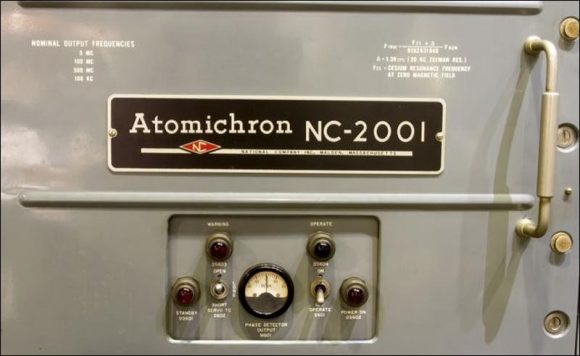The world’s most precise clock is found in the Texas, United States. The clock was built by the National Institute of Standard and Technology together with the University of Colorado, Boulder. The clock is so precise no second is lost over the entire age of the Universe.
For most people who live by the day, hour or moment, the need to split time into smaller chunks to improve the accuracy may seem pointless. The importance of the accuracy of time can however not be underestimated especially in today’s world where GPS enabled technologies play a central role in our daily lives including travel and military applications.
The history behind the clock
Our early understanding of time units such as the second was based on technology that was developed in the 1940s and a subsequent scientific consensus in 1967. A second was previously described as 0.000,011,574 of a mean solar day. The Irregular Earth rotation, however, had the effect of making time measurement imprecise. Today’s super accurate clocks are based on the works of Isidor Rabi, a Colombia University physics professor, who mastered the atomic beam magnetic resonance technique in the 1930s.
The technique explored the idea of exposing subatomic particles to specific radiation frequencies to trigger a “jump” in the electrons that normally go around the nucleus of an atom. The measurement of the movements was more accurate compared to classical techniques used to tell time. The National Bureau of Standard built the first Atomic clock in 1949. The atomic clocks accuracy helped scientists redefine the second as a unit of time in 1967. The current definition of a second is the time that lapses in the course of 9,192,631,770 radiation cycles created by a transition between the levels of cesium 133 atoms.
How the new clock works
The new clock optimizes the previous techniques by using strontium 87 whose atoms tick at femtoseconds (1 million billion times per second). The clock has thousands of strontium atoms in a supercooled state arranged in a 3D lattice. The atoms are prodded to begin vibration using a red laser that is tuned to strontium’s frequency. The vibration is then read using an optical frequency comb. The clock is so accurate that out of 10 quintillions “ticks” about 3.5 would not be in sync.
Applications
In the past, atomic clocks have been noted to be accurate enough to calibrate the effects of gravity on time by just moving them up and down a few centimeters, and the new clock will help in the studying of the phenomenon better. More accurate clocks will also go a long way in improving GPS and other technologies which depend on time. The accurate clocks could also be used to understand better the Earth’s inner layers and thereby help to predict the weather and volcanic activity. The increasingly accurate clocks are also enabling scientists to test Einstein’s general relativity assertions with the hope of determining the relation between quantum theory and gravity.
Views: 848



